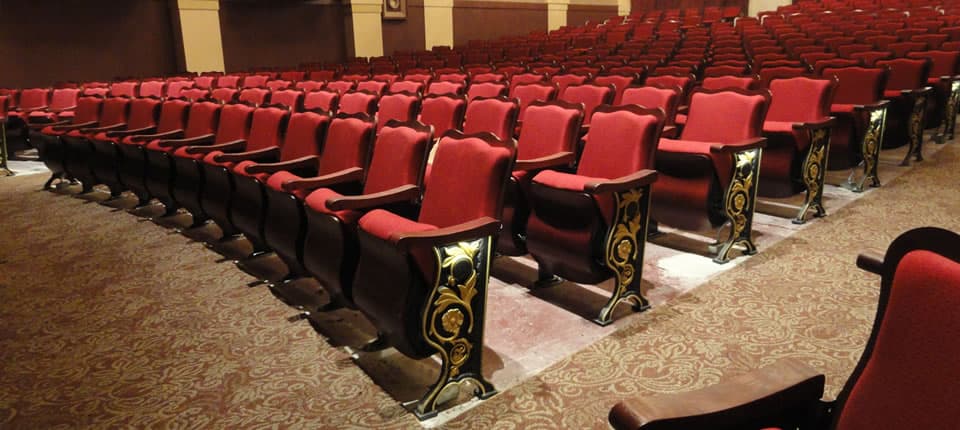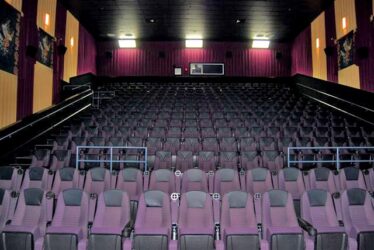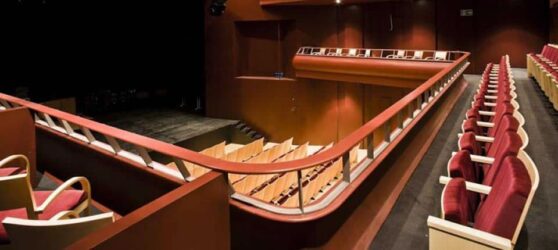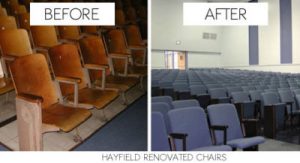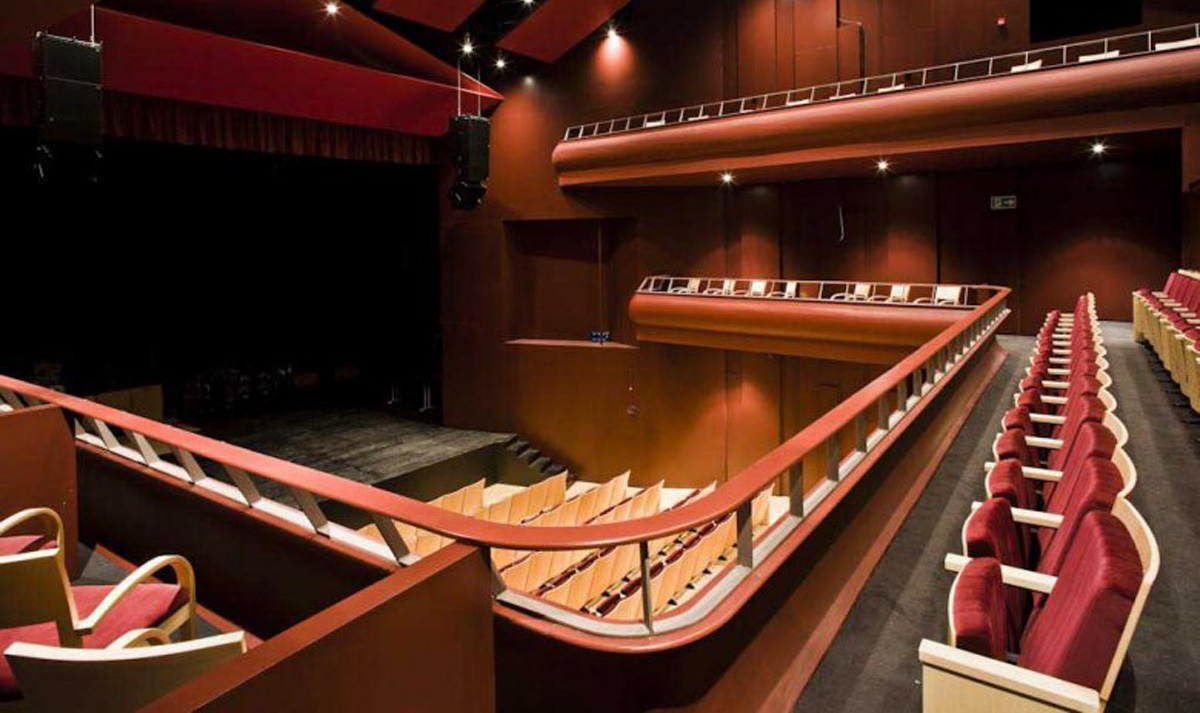
There are many characteristics that contribute to theatre design. The type of theater architecture combined with other factors like acoustics, theater seating arrangements, and lighting determines the quality of a concert experience for an audience.
When you first enter the theater seating is noticed first. Seating in a theater can be accomplished in a variety of ways. Many theatres, especially proscenium types, have several rows of seats in front of the stage on a slight incline, or rake. A lot of theaters have more elaborate seating arrangements. In more sophisticated theaters, where a person sits can impact the enjoyment of the show and the cost of the tickets. The orchestral level is the floor level in front of the stage. The best orchestra seats are in the front, because the audience can see the action best from this section. Box seating is one level higher than orchestra seating. Audiences members view the show from curtained or walled boxes. Mezzanine and balcony seats are upper level seats. Although they are far away from the stage, the audience can usually see all the action very well. The gallery is the seating area that is the highest and furthest away from the stage. These are usually the least expensive seats in the house.
There are three primary types of theater architecture. The proscenium type of stage is the most common. This features a raised stage area that is separated from the audience by a proscenium arch. The action on the stage happens upstage from the proscenium arch. This style of stage is excellent for acting staged plays or musicals, because there are many entrance and exit possibilities through wings off stage. The audience can only see the action from one side, and the rows of seating tend to be in straight rows with aisles separating the seats into sections. Theater in the round is another type of theatre architecture. This theater has its stage centered in the middle of the theater, and the audience seating surrounds the stage on all sides. One advantage to this kind of theater is that the audience is closer to what is happening on the stage, which provides a more personal experience. Staging can be more difficult in this theatre since there are no wings to mask entrances and exits. Lighting can be a challenge as well in this type of theater. A theater with a thrust stage has the benefits of both the proscenium theater and theater in the round. A thrust stage is linked to the backstage area on its upstage side, but the stage itself reaches into the audience. The audience surrounds three sides of the stage. The audience has greater intimacy with the stage action, and the performers still have all the advantages of having a backstage area.
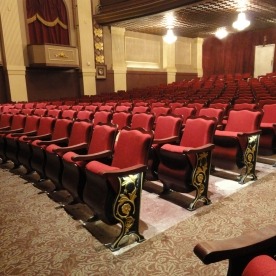
Lighting affects the visual quality of the theater experience. Lighting can be used to mark scene changes and reflect the mood of a character or a scene. It can be an integral part of scenery, and it can spotlight performers. Front lighting, or lighting the front part of the stage, is typical during plays. Concert lighting is usually back lit. A stage can be “washed” in light, which illuminates everything to a high degree, or individual performers or certain places on the stage can be picked up with spotlights. The least expensive and most common way to light a stage area is by using wash lights. The lights look like cans, and they can be tinted different colors by adding gels in front of the lens. Intelligent lighting is a popular form of concert lighting. Technicians can control the lighting with a light board and program the combinations of light they want to use for optimal stage effects. LED bulbs can change colors, which means color can be changed with fewer lights. At the push of a button, light technicians can create different light effects for different parts of a concert.
Acoustics in a theatre are very important. The more hard surfaces there are in a theater, the more reverberation will be heard. The more soft surfaces there are, such as carpet or upholstery, the more sound will be absorbed. Most concert and play venues have carpeting, thick curtains on the stage, and even have acoustic tiles on the walls to promote the best sound experience. For some music concerts, an acoustic shell can be added to the stage area that extends behind and reaches over the performers. This directs more sound toward the audience.
Theatre design, seating, style of concert lighting, and acoustics all play an important part in a stage production. The design of a theater will largely determine what it will be used for most often, but theatre design must, first and foremost, provide an excellent concert venue for the prospective audience.



